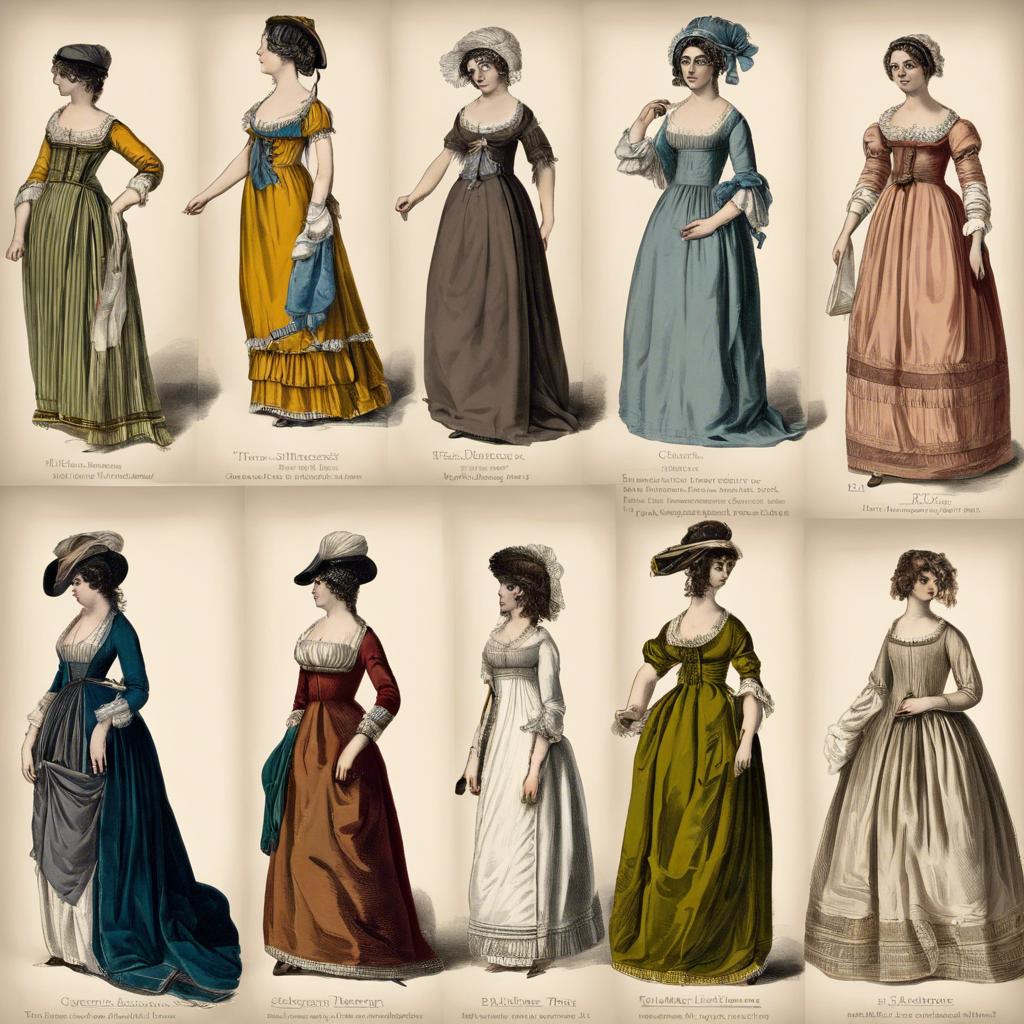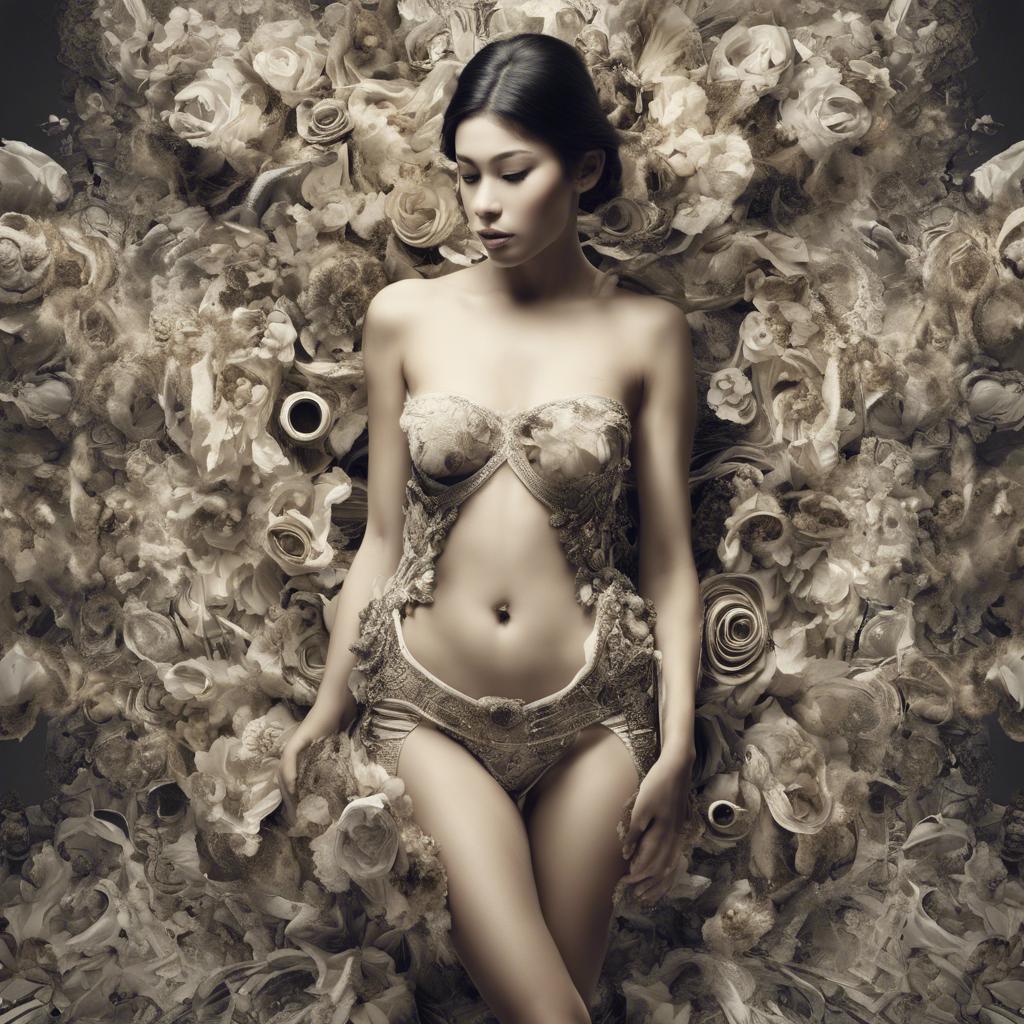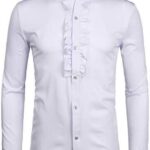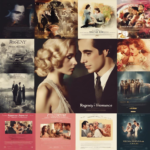During the Regency era, a period characterized by elegance, refinement, and social change, the fashion trends of the time not only defined societal norms but also reflected the ever-evolving sensibilities of the era. Undoubtedly, one of the most intriguing aspects of Regency attire was its undress, or informal wear. From morning gowns to informal dinner attire, the undress of the Regency era offers a fascinating glimpse into the daily lives and fashion choices of the period’s elite. In this article, we will delve into the intricacies of Regency undress, exploring the fabrics, styles, and social conventions that shaped this aspect of fashion history.
Distinctive Characteristics of Regency Era Undress
In the Regency era, undress clothing was defined by its distinctive characteristics that set it apart from other fashion trends of the time. One key feature of Regency undress was its emphasis on simplicity and comfort, making it ideal for informal gatherings and leisure activities.
Unstructured silhouettes and lightweight fabrics such as muslin and cotton were commonly used in undress garments, allowing for ease of movement and breathability. Loose-fitting dresses and gowns with empire waistlines were popular choices for women, while men wore casual coats, waistcoats, and trousers.
Accessories such as shawls, ribbons, and bonnets were often paired with undress ensembles to add a touch of elegance and femininity. Despite its casual nature, Regency undress still retained a sense of refinement and sophistication in its design, reflecting the taste and style of the era.
Step Into the World of Cheryl Bolen
Dive into the enchanting stories of love, intrigue, and elegance set in the Regency Era. Cheryl Bolen's novels offer timeless romance and captivating tales that will leave you wanting more.
Explore Cheryl Bolen's Books Now
Fashion Evolution from Georgian to Regency Undress
In the Georgian era, fashion was characterized by elaborate and extravagant designs, with women wearing tightly-corseted dresses, full skirts, and ornate accessories. Men, on the other hand, regency era fashion for men”>sported tailored suits with waistcoats and breeches. Fashion was a way to showcase wealth and status, with luxurious fabrics and intricate embellishments.
As the Regency era dawned, fashion took a dramatic turn towards simplicity and elegance. Undress, or informal attire, became increasingly popular, with loose-fitting silhouettes and lighter fabrics such as muslin and cotton. Women’s dresses featured empire waistlines, high necks, and flowing skirts, while men opted for more relaxed styles like tailcoats and trousers.
| Georgian Era Fashion | Regency Era Undress |
|---|---|
| Elaborate and extravagant designs | Simple and elegant styles |
| Tightly-corseted dresses and full skirts | Loose-fitting silhouettes and flowing skirts |
| Luxurious fabrics and ornate accessories | Lighter fabrics like muslin and cotton |
the shift from Georgian to Regency undress reflected changing social attitudes and lifestyles. The emphasis on comfort and practicality in clothing signified a move towards a more relaxed and egalitarian society. Undress fashion in the Regency era paved the way for future styles that prioritized comfort, simplicity, and individual expression.
Recommended Materials and Fabrics for Regency Era Undergarments
For creating authentic Regency era undergarments, it is essential to use materials and fabrics that were popular during that time period. The recommended materials for constructing Regency era undergarments include:
- Cotton: Cotton was a commonly used material for undergarments in the Regency era due to its breathability and comfort. It was often used for chemises, drawers, and petticoats.
- Linen: Linen was another popular choice for undergarments in the Regency era. It was prized for its durability and coolness, making it ideal for stays and shifts.
- Muslin: Muslin was a lightweight and airy fabric that was used for undergarments such as chemises and caps. It was favored for its softness and delicate appearance.
In addition to the materials used, the types of fabrics commonly seen in Regency era undergarments were:
- Silk: Silk was a luxurious fabric that was reserved for wealthy individuals. It was often used for decorative elements on undergarments, such as ribbons and trims.
- Calico: Calico was a printed cotton fabric that was used for undergarments like shifts and petticoats. It came in a variety of patterns and colors, adding a touch of whimsy to the garments.
- Cambric: Cambric was a fine, closely woven cotton fabric that was commonly used for chemises and stays. It was known for its smooth texture and durability, making it a practical choice for undergarments in the Regency era.
Influential Figures in Regency Era Undress Trends
The Regency era was known for its unique undress trends that were influenced by a few key figures. One such figure was Beau Brummell, a dandy who set the standard for men’s fashion during this time. Brummell popularized the tailored look, often wearing perfectly fitted coats and trousers, and was known for his impeccable grooming and attention to detail.
Another influential figure in Regency era undress trends was Princess Caroline of Brunswick. As the estranged wife of King George IV, Caroline was a controversial figure but had a significant impact on women’s fashion. She was known for her daring style choices, often opting for flowing, diaphanous fabrics and bold, colorful prints that defied the traditional norms of the time.
One lesser-known but important figure in Regency undress trends was James Innes-Ker, 5th Duke of Roxburghe. As a prominent member of the aristocracy, the Duke was admired for his luxurious loungewear and elegant dressing gowns, which became popular among the elite during this period. His sophisticated yet relaxed style influenced a more casual approach to dressing for both men and women in the Regency era.
Final Thoughts
the Regency era undress was a significant aspect of fashion during this period of history. While it may seem simple and understated compared to the elaborate dresses of the time, undress clothing was a reflection of societal norms and status. From the morning gown to the chemise dress, these garments were carefully designed to ensure both comfort and modesty. Through studying the undress of the Regency era, we gain a deeper understanding of the complexities of fashion and social customs during this fascinating period. As we continue to explore the clothing of the past, may we never forget the importance of even the simplest of garments in telling the story of our history.


